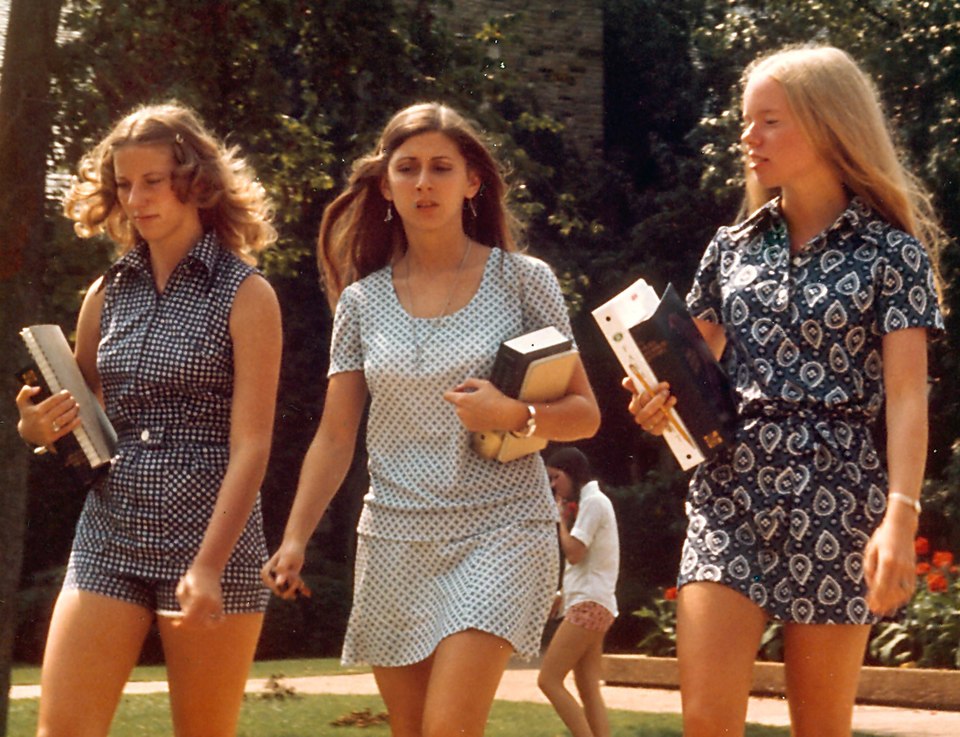The people of Rome awoke devastated on Easter Monday after hearing about the death of Pope Francis. His death triggered an outpouring of grief and reflection for the city and around the globe. The Pope made his last appearance the day before, on Easter Sunday, when he delivered his traditional “Urbi et Orbi” blessing, which, when translated from Latin, means “to the city and the world.”
On April 21, at the age of 88, Pope Francis died from a cerebral stroke and heart failure. He died just after being released from a Roman hospital a month prior. Doctors at the hospital had been treating him for respiratory infections, which later turned to pneumonia. Following the Pope’s death, stories of an old prophecy started to gain fame, the prophecy that promises no further future.
Around a thousand years ago, there lived an Irish bishop named Malachy. Malachy supposedly had visions about popes- past, present, and future. The bishop recorded his visions in a document that was said to have later discovered around 1590, 442 years after the archbishop’s death. According to the scripture, there would only be 112 Popes between Malachy’s time and “the day of final judgement.” In the Christian religion, the Day of Judgement is a day in the future when all who are living and those who have died will be judged by God, resulting in the salvation of a few and the damnation of many. This document overall has 112 different entries or ‘visions’, the final entry mentions “Peter the Roman” and the “city of seven hills” being destroyed before the “dreadful judge” arrives. Some interpretations of the prophecy suggest this refers to Rome’s destruction and the end of the world.
Joelle Rollo-Koster, a professor of medieval history at the University of Rhode Island, spoke during an interview through https://uscatholic.org/. According to Rolle-Koster, a Benedictine monk uncovered and rediscovered the prophecy of St. Malachy. After discovering the documents, the monk, Arnold Wion, built on top of Malachy’s original recordings and wrote his depiction of what would happen in the future, what had happened, and what we did have in the past. “So, long story short, most historians argue that Arnold Wion, the Benedictine monk who supposedly rediscovered the prophecies in the 1590s, is more or less a fraud and basically wrote them” (Joelle Rolle-Koster).
Several critics of the prophecy claim it is a forgery, which means to falsely alter or imitate an original document with the intent to deceive. Skeptics suspect the prophecy was most likely written in the 1590s by the Benedict monk when it was “discovered”, and cannot be relied upon for knowledge of the future. They denounced the prophecy as utter nonsense, adding to their statement and pointing out that St. Malachy lived during the 12th century, while the first mention of the supposed prophecy is from the 16th century. Believers of the prophecy, however, have worked to salvage the prophecy. Some have been trying to connect the name Peter from the statement “Peter the Roman”, in the 112 entry, to somewhere in Pope Francis’ original name, Jorge Mario Bergoglio. They believe that if they can find a connection between Pope Francis’ birth name and the prophecy, they will reveal the truth of the prophecy.
Regardless of what those who believe the prophecy and those skeptical of it think, the world can agree on one thing, we are all at a loss without Pope Francis. Truly, history will remember his contributions to the city of Rome and the world.
Sources:
Glad You Asked: What is the prophecy of St. Malachy? – U.S. Catholic
Pope Francis’ death mourned worldwide as Catholic Church prepares for next chapter












